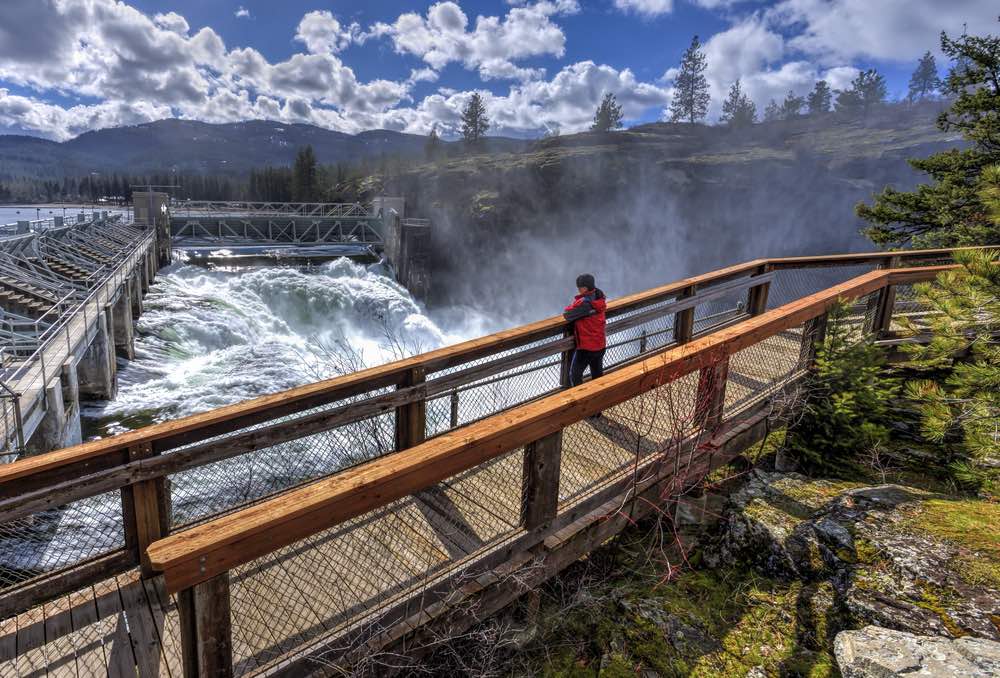
The value of regular inspection and maintenance work on commercial roofs was never more apparent than on a recent project completed by Alliant Roofing Company. It involved a multi-tenant commercial building roof recover in a damp environment.
While some building owners neglect to protect their investments with regular roof inspections, that was not the case on this project. Alliant had inspected, maintained and repaired this flat roof over many years. The life expectancy of a hot-tar roof (also known as hot mop roof) is about 20 years, and this roof was due for re-covering.
A commercial roof recover project includes mechanically securing GAF TPO single-ply membrane roofing and recovery board to the existing, structural roof deck. The recover board is Insulfoam EPS roofing insulation, which acts as a buffer between the new layer of TPO membrane above and existing roof below. Robotic heat welders seal the seams of the TPO sheets, making the finished roof as close to one piece as possible. Alliant uses industry standard, single-ply automatic welders manufactured by Leister, purchased from Garlock Equipment Company.
Jeff Sitton says that re-roofing old hot-tar roofs is a big part of Alliant Roofing Company’s commercial roofing market, and explains it this way:
The commercial roofing industry shifted from hot tar to TPO about 20 years ago. If you have an existing built-up roof, you’re nearing the end of its life and need an inspection as soon as possible. Repair and re-cover now is much less expensive than complete tear-off and replacement later.
An additional and scary consideration for building owners is the likely presence of asbestos in their old hot-tar roofs. When old roofs and parapet walls contain asbestos, the goal is to encapsulate it in place. Once asbestos is disturbed, it becomes necessary to remove (abate) it. The asbestos abatement process is difficult and expensive.
Sitton says that as many as 70 percent of his hot-tar repairs involve recovering the existing roof. Savvy business owners recognize they get a superior, safe product and save money in the process. That is not always possible, though, Sitton says: When a roof is too far gone, it must be replaced.
Regular inspections can reveal the presence of leaks and mold. Leaks damage insulation, drywall and electrical systems. Mold might be the most hazardous consequence of ignoring your low slope roof. Left untreated, mold destroys a building from the inside out. The mold gets into the roof structure, requiring framing and trusses to be replaced.
If all that sounds frightening, it should. That is why Sitton emphasizes the importance of semi-annual inspections on commercial flat roofs. Alliant Roofing Company has been in business for more than 100 years. A century of experience has taught us how best to protect the interests of building owners and corporate facility managers.
We always recommend inspection, maintenance and repair, before recovering or full replacement,
he said. That’s the right thing to do for our customers. We pride ourselves on our integrity as well as our experience.
Commercial Building Roof Recover Quote
Does your multi-tenant commercial building roof suffer from leaks or mold? Act now before recovering the roof becomes impossible. Call Alliant Roofing today at 1-833-228-8622 for a free price quotation on a professionally installed, quality commercial roof.
